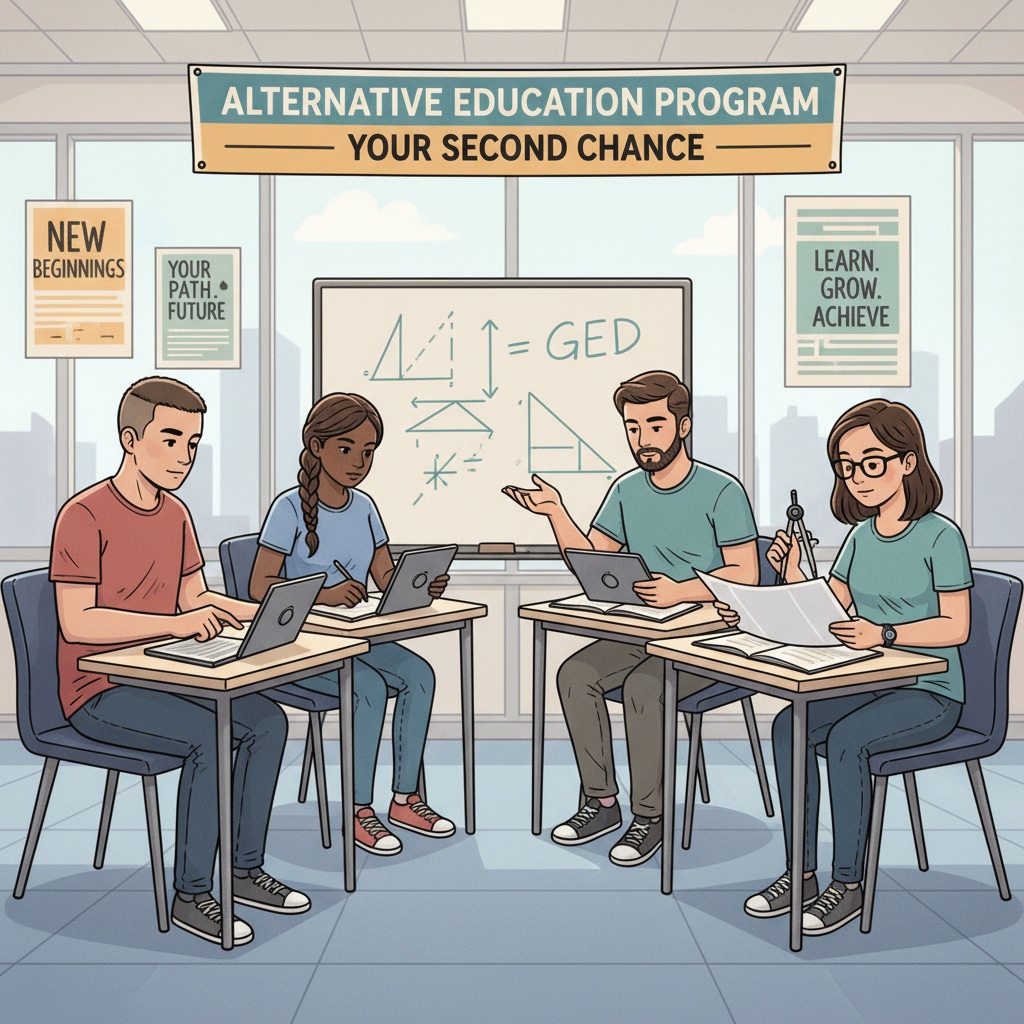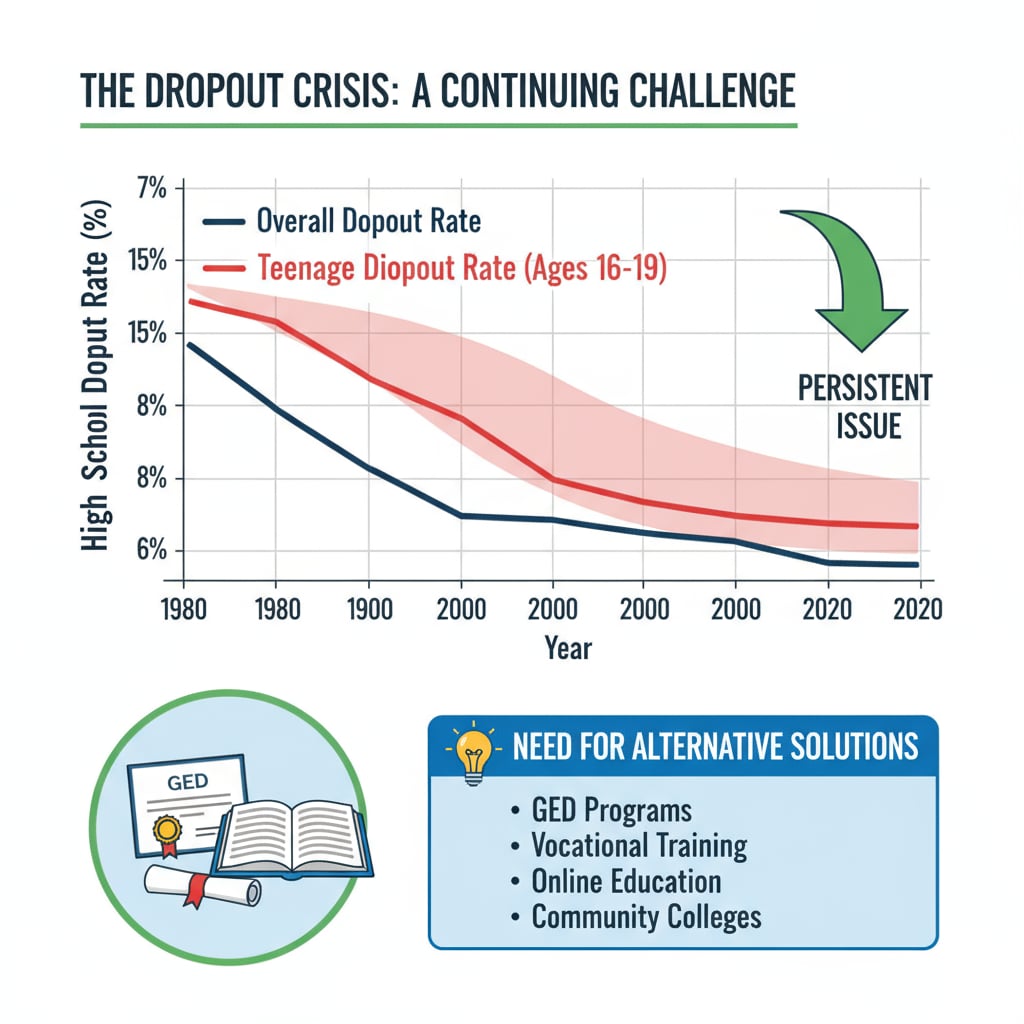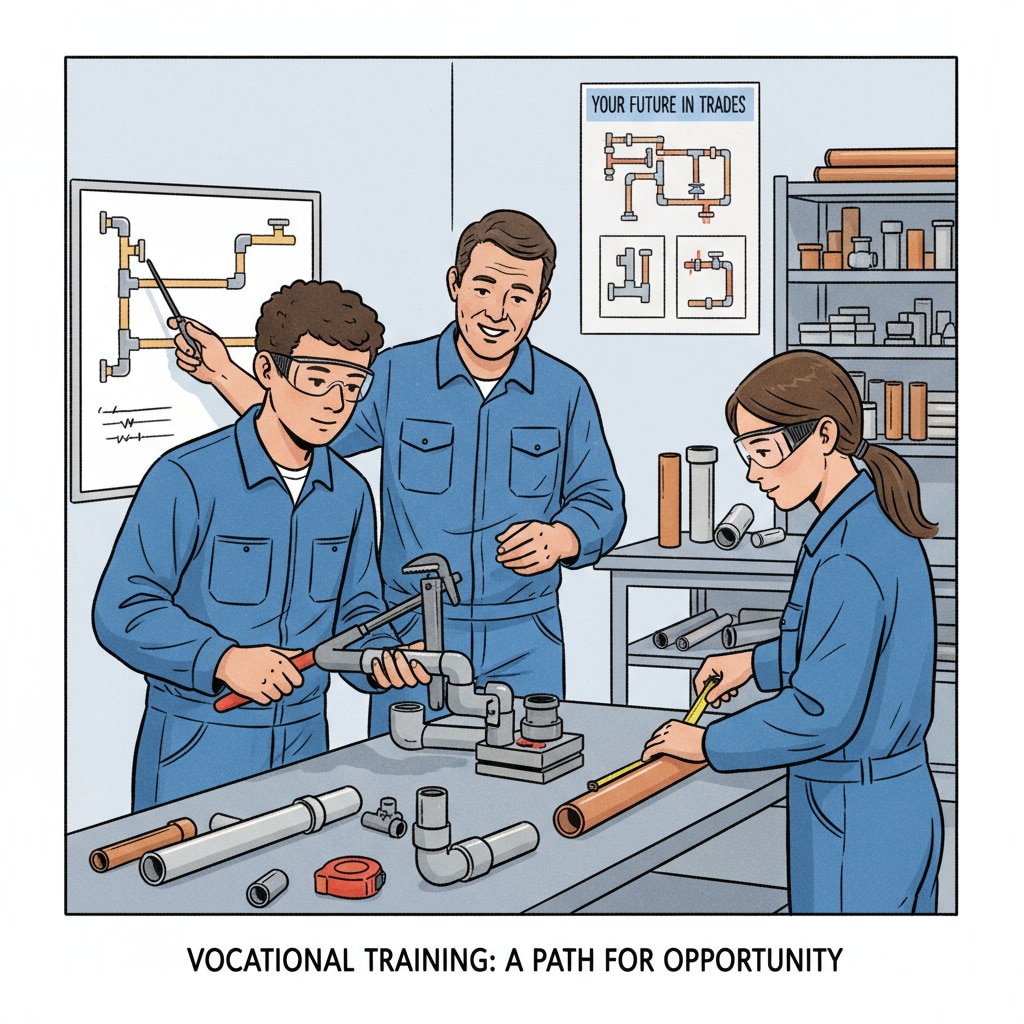Dropouts, GED, and educational choices are crucial topics when it comes to the future of teenagers who have left school prematurely. For these young individuals, the road to educational fulfillment can seem daunting. However, there are alternatives like the GED that can offer a glimmer of hope.

The Dilemma of Dropout Teenagers
Teenagers who drop out of school often face a multitude of challenges. Without a proper education, their job prospects are limited. They may find themselves stuck in low-paying, unskilled jobs. Moreover, the lack of educational credentials can also impact their self-esteem and confidence. As a result, it becomes essential to explore alternative educational paths. According to National Center for Education Statistics, the dropout rate in the United States has been a persistent concern, highlighting the need for solutions.

The Value of GED as an Alternative
The General Educational Development (GED) test is a significant alternative for dropout teenagers. It serves as an equivalent to a high school diploma. By obtaining a GED, individuals can open doors to further education, such as college or vocational training. It gives them the opportunity to improve their career prospects. For example, many community colleges accept GED holders for enrollment. This means that with a GED, teenagers can start building a better future. Britannica provides more information on the GED test here.
Another advantage of the GED is that it allows students to study at their own pace. This is especially beneficial for those who may have other commitments, like work or family responsibilities. They can prepare for the test while still managing their daily lives.
Readability guidance: We’ve used short paragraphs to clearly present the information. In this section, we’ve highlighted the benefits of GED as an alternative educational choice for dropout teenagers. The use of examples and external links adds credibility to the content.
How to Obtain a GED
Preparing for the GED requires dedication and a proper study plan. First, it’s important to understand the test structure. The GED test consists of four subject areas: Reasoning Through Language Arts, Mathematical Reasoning, Social Studies, and Science. Teenagers need to assess their strengths and weaknesses in these areas.
- There are various study resources available, such as online courses, study guides, and practice tests. These resources can help students familiarize themselves with the test format and content.
- Some community centers and libraries offer GED preparation classes for free or at a low cost. These classes provide a structured learning environment and access to instructors who can answer questions.
Once adequately prepared, students can register for the GED test at an official testing center. It’s essential to meet the eligibility requirements of the testing jurisdiction.
Readability guidance: Here, we’ve used a list to clearly outline the steps and resources for obtaining a GED. This makes the information easier to understand and follow for the readers.
Other Alternative Educational Choices
In addition to the GED, there are other alternative educational options for dropout teenagers. Vocational training programs focus on specific skills, such as plumbing, electrical work, or culinary arts. These programs can lead to well-paying jobs in the skilled trades.

- Online high schools are another option. They offer a flexible learning environment where students can complete their high school education at their own convenience.
- Some states have programs specifically designed for re-engaging dropout students. These programs may provide additional support, such as tutoring and counseling.
Readability guidance: This section presents other educational choices available to dropout teenagers. The use of a list helps in clearly presenting these options, making it easier for readers to comprehend.
In conclusion, dropout teenagers have a range of educational choices available to them. The GED, along with other alternative paths, offers a chance to restart their educational journey and build a better future. It’s crucial for these young individuals to explore these options and take the first step towards achieving their educational and career goals.


